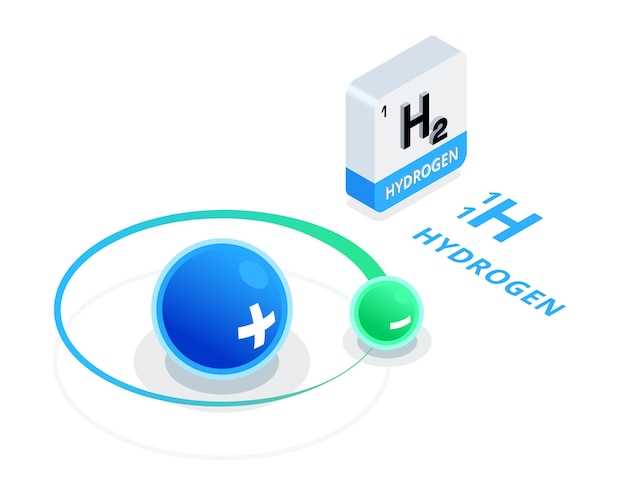
Are you experiencing the side effects of tamsulosin hydrochloride?
Don’t let them hinder your daily life!
Our product is designed to help you manage the side effects and improve your quality of life.
Overview of tamsulosin hydrochloride
Tamsulosin is a medication that belongs to a class of drugs known as alpha-blockers. It is commonly prescribed to treat symptoms of an enlarged prostate gland, a condition known as benign prostatic hyperplasia (BPH). When the prostate gland enlarges, it can put pressure on the urethra, leading to symptoms such as difficulty urinating, weak urine flow, and frequent urination.
Tamsulosin works by relaxing the muscles in the prostate and bladder neck, which helps to improve urine flow and reduce symptoms associated with BPH. It does this by blocking alpha-1 receptors in the body, which are found in smooth muscle tissues. By blocking these receptors, tamsulosin helps to relax the muscles in the urinary tract and make it easier to urinate.
Tamsulosin hydrochloride is available in oral capsule form and is usually taken once daily. It is important to follow your doctor’s instructions carefully when taking tamsulosin and to report any side effects or concerns to your healthcare provider. This medication can be an effective treatment for the symptoms of BPH and can help improve your quality of life.
What is tamsulosin?
Tamsulosin is a medication that belongs to a class of drugs known as alpha-1 blockers. It is commonly used to treat symptoms of benign prostatic hyperplasia (BPH), a condition in which the prostate gland becomes enlarged, leading to difficulty in urination.
Tamsulosin works by relaxing the muscles in the prostate and bladder neck, which helps to improve urine flow and reduce symptoms such as frequent urination, weak stream, and difficulty starting urination. It is important to note that tamsulosin does not shrink the prostate gland but rather improves the symptoms associated with BPH.
Common side effects of tamsulosin hydrochloride include:
- Dizziness
- Headache
- Weakness
- Nausea
- Diarrhea
- Abnormal ejaculation
Common side effects
When taking tamsulosin hydrochloride, some of the common side effects that may occur include:
- Dizziness: Tamsulosin can cause dizziness, especially when standing up quickly. It is important to take precautions to prevent falls.
- Fatigue: Some individuals may experience fatigue or tiredness while taking tamsulosin. It is advisable to avoid driving or operating heavy machinery if affected.
- Headache: Headaches are a common side effect of tamsulosin and may occur at the beginning of treatment. It is usually mild and subsides over time.
- Nasal congestion: Tamsulosin may cause nasal congestion or a runny nose in some individuals. This side effect is usually temporary.
- Abnormal ejaculation: Some men may experience changes in ejaculation, such as reduced semen during orgasm or retrograde ejaculation. It is important to discuss any concerns with a healthcare provider.
These common side effects are usually mild and may improve as the body adjusts to the medication. However, if any side effects persist or worsen, it is important to seek medical advice.
Overview of side effects
When taking tamsulosin hydrochloride, it is important to be aware of the potential side effects that may occur. While many individuals may not experience any side effects, some may experience mild to moderate side effects that can affect their daily life. It is crucial to consult with a healthcare provider if you experience any of the following side effects:
Common side effects:
1. Dizziness or lightheadedness
2. Headache
3. Nasal congestion or runny nose
4. Back pain
Less common side effects:
1. Fatigue or weakness
2. Diarrhea or constipation
3. Blurred vision
4. Abnormal ejaculation
5. Insomnia
It is important to discuss any unusual or persistent side effects with your healthcare provider to determine the best course of action.
Potential interactions with other medications

When taking tamsulosin hydrochloride, it is important to be aware of potential interactions with other medications. Some medications may interact with tamsulosin and either increase the risk of side effects or reduce the effectiveness of the drug. It is crucial to inform your healthcare provider about all the medications you are currently taking, including prescription, over-the-counter, and herbal supplements.
Common medications that may interact with tamsulosin include:
- Alpha blockers
- Beta blockers
- Calcium channel blockers
- Antidepressants
Things to consider
Before starting tamsulosin treatment, discuss your medical history and current medications with your doctor to avoid potential interactions. Be cautious when taking multiple medications simultaneously and seek medical advice if you experience any unusual symptoms or side effects.
Less common side effects

While tamsulosin hydrochloride is generally well-tolerated, there are some less common side effects that may occur. These side effects are not experienced by everyone who takes the medication, but it is important to be aware of them. If any of the following less common side effects persist or worsen, it is recommended to consult a healthcare provider:
1. Dizziness
Some individuals may experience dizziness while taking tamsulosin. This side effect can be more common when standing up quickly or moving suddenly. It is important to be cautious when performing tasks that require alertness, such as driving or operating machinery, if dizziness occurs.
2. Priapism
Priapism, a prolonged and sometimes painful erection, is a rare but serious side effect that may occur with tamsulosin use. Individuals who experience an erection lasting longer than 4 hours should seek immediate medical attention, as priapism can result in permanent damage to the penis if not treated promptly.
Rare but serious side effects
1. Priapism: This is a prolonged and painful erection of the penis that can be a serious side effect of tamsulosin. If you experience an erection that lasts longer than 4 hours, seek medical help immediately.
2. Allergic reactions: In rare cases, tamsulosin can cause severe allergic reactions such as swelling of the face, tongue, or throat, difficulty breathing, and rash. If you experience any of these symptoms, stop taking the medication and seek emergency medical attention.
3. Severe dizziness or fainting: Some individuals may experience a sudden drop in blood pressure when taking tamsulosin, leading to severe dizziness or fainting. This can be dangerous, especially when standing up quickly. If you experience these symptoms, consult your healthcare provider.
4. Jaundice: Tamsulosin has been associated with rare cases of jaundice, a condition characterized by yellowing of the skin and eyes. If you notice this symptom, contact your doctor immediately.
5. Serious eye problems: In rare cases, tamsulosin can cause serious eye problems such as intraoperative floppy iris syndrome during cataract surgery, leading to complications. Inform your eye surgeon if you are taking tamsulosin before undergoing any eye procedure.
